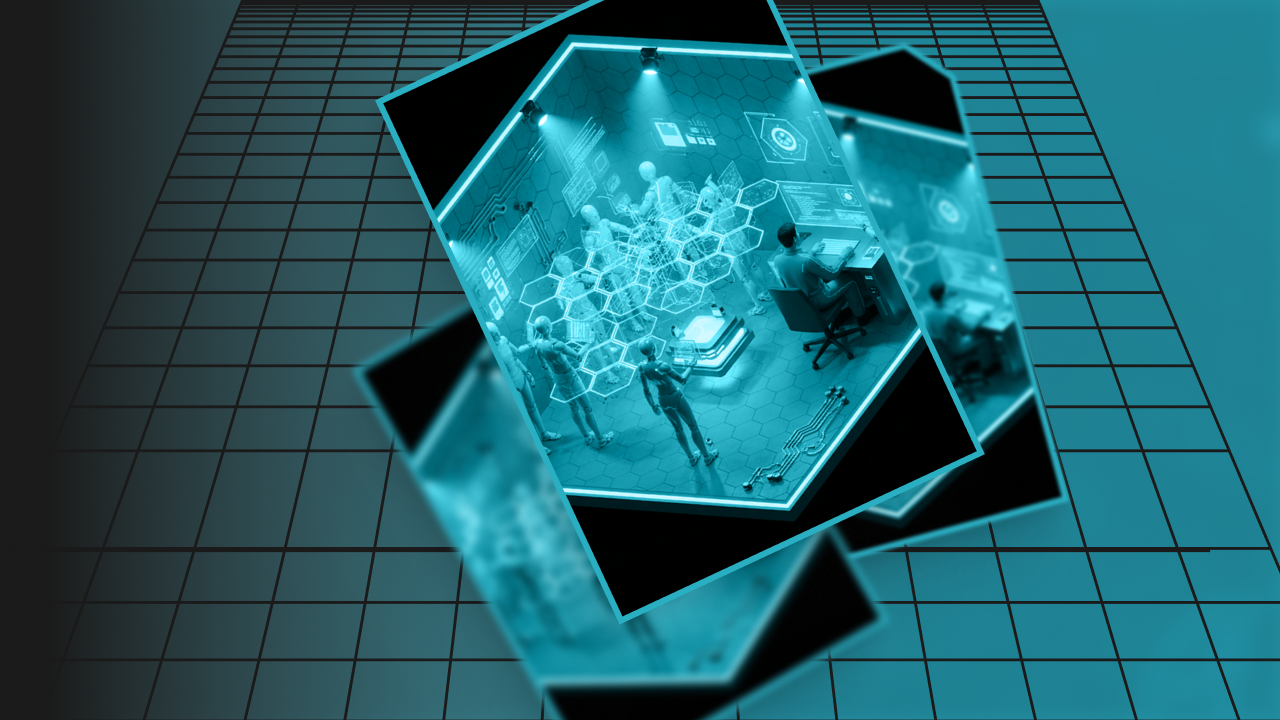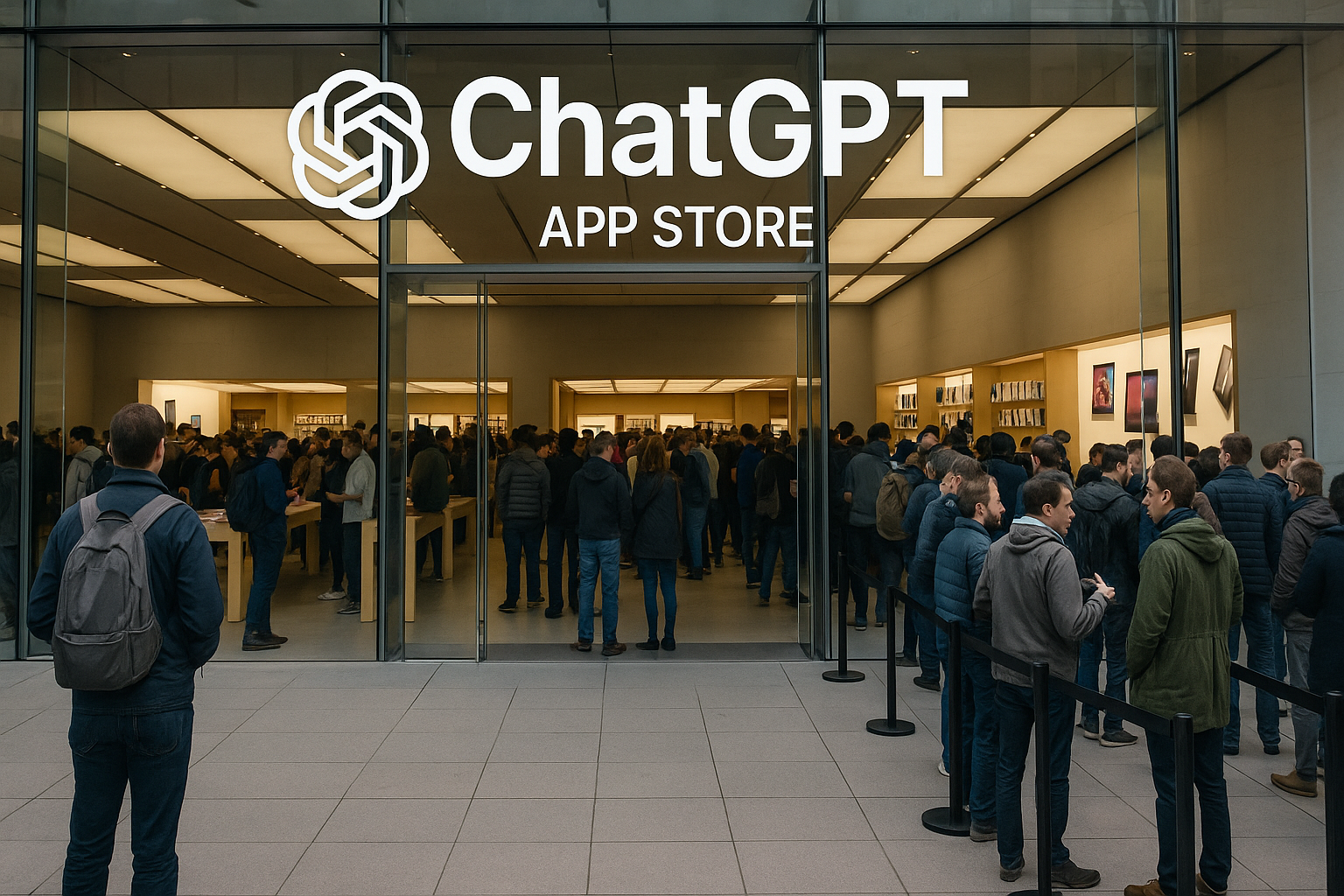The X-Shaped Economy: Why Knowledge Work Is Being Torn in Two
Rob Borley
2 min read • 14 March 2025
Over the past two decades, digital transformation has been a story of convergence. Bringing data, tools, and people closer together to create streamlined, efficient systems. But artificial intelligence is disrupting that narrative. Rather than aligning efforts into tidy harmonies, it’s pulling them apart. Welcome to the X-shaped economy, where the future of work is being sharply divided.
This is not just a shift in how we work. It’s a split in the value of work itself.
Forget the K-Shaped Recovery. This Is Structural.
You might be familiar with the “K-shaped recovery”—an economic term used to describe how different industries or demographics recover unevenly after a downturn. In tech, we’re seeing something more profound: a structural bifurcation driven by AI. It’s no longer about which industries win or lose; it’s about which tasks within a job are elevated and which are devalued.
The X-shaped economy isn’t a post-pandemic phenomenon. It’s the emerging shape of knowledge work in the age of generative AI.
The 80/20 Split of Knowledge Work
At the heart of the X-shape is a brutal truth: not all parts of a job are created equal.
Roughly 80% of knowledge work is repetitive, pattern-based, and increasingly automatable. Think scheduling meetings, writing follow-up emails, documenting project updates, or summarising conversations. AI doesn’t just do these tasks; it excels at them—cheaper, faster, and more consistently than any human can.
The remaining 20%; the high-leverage, strategic, creative work, is being radically amplified. A good idea can be turned into a working prototype overnight. A concept can be tested at scale in days. The value of human creativity, contextual judgement, and strategic intuition is skyrocketing when paired with the right AI tools.
This divergence, automation dragging down the bulk of repetitive work, while AI supercharges the rare and valuable, is what gives rise to the X. Most knowledge workers are sitting at the crossing point, unsure which direction they’re heading in.

The Job Title Is Dead. Long Live the Task Graph.
In a world before AI, your job title implied a reasonably stable set of responsibilities. A Project Manager, a Marketing Analyst, a Software Engineer—each role carried an understood scope and skillset.
But AI doesn’t respect job titles. It works at the task level.
This shift means two people with the same title might have entirely different levels of exposure to automation, depending on their task mix. For example:
- A Sales Development Representative who spends most of their day writing emails and logging CRM data is highly automatable.
- Another SDR, focused on tailoring strategies for complex accounts or building relationships through nuanced calls, sits in a less vulnerable, more value-rich part of the X.
Roles are disaggregating. Tasks are being re-weighted. And careers will be made or broken by how quickly individuals and organisations adapt to this new structure.
AI Management Is the New Management
In the X-shaped economy, traditional line management, assigning tasks, tracking time, managing performance, is giving way to AI tool orchestration.
The leaders of tomorrow won’t just be good at managing people. They’ll be good at managing systems where people and AI co-exist. That means:
- Knowing when to automate and when to intervene.
- Designing workflows that are resilient to change and optimised for augmentation.
- Coaching teams not just in skills, but in AI fluency; how to get the best out of models, prompts, and agents.
At Dootrix, we call this shift Agentic Software Thinking. Software is no longer deterministic, but a blend of human intent and autonomous action. And the same principle applies to organisations. The winners in the X-shaped economy will be those that can re-architect their operating models around the new reality of AI-enabled work.
Are You Climbing or Falling?
The X-shaped economy poses a stark choice to every business and every individual: adapt or decline.
The path upward demands a relentless focus on what uniquely human value looks like in your context. It means doubling down on creativity, synthesis, and judgement, those tasks AI can’t (yet) replicate. And it means embracing AI not just as a tool, but as a partner in rethinking how value is created and delivered.
The X-shape isn’t something to be feared. It’s a map. But only if you know where you’re standing.
Rob Borley


.png)